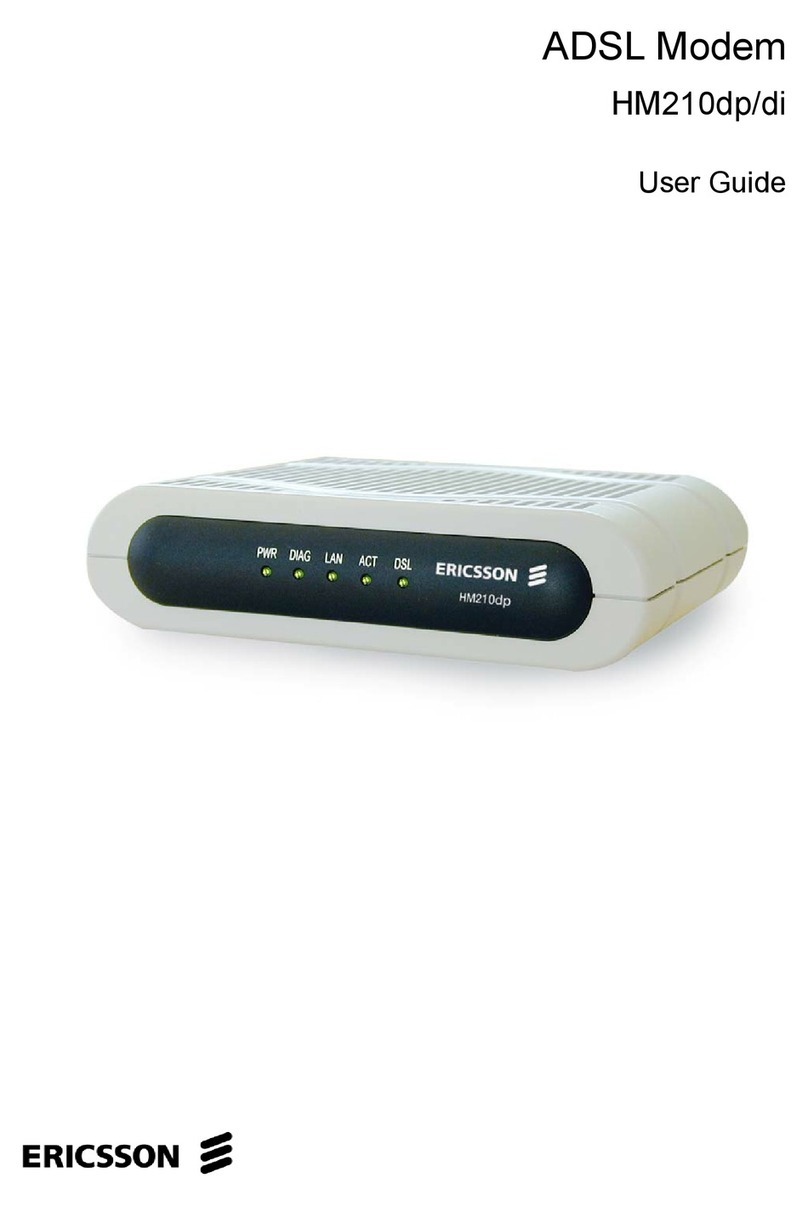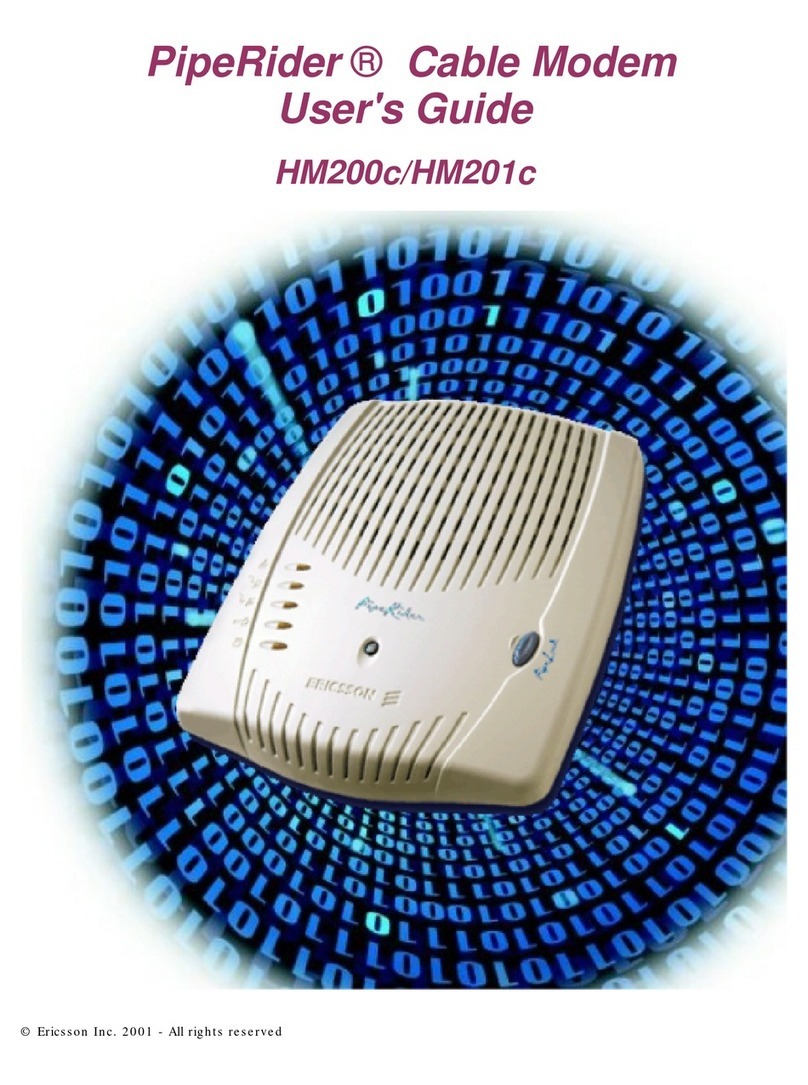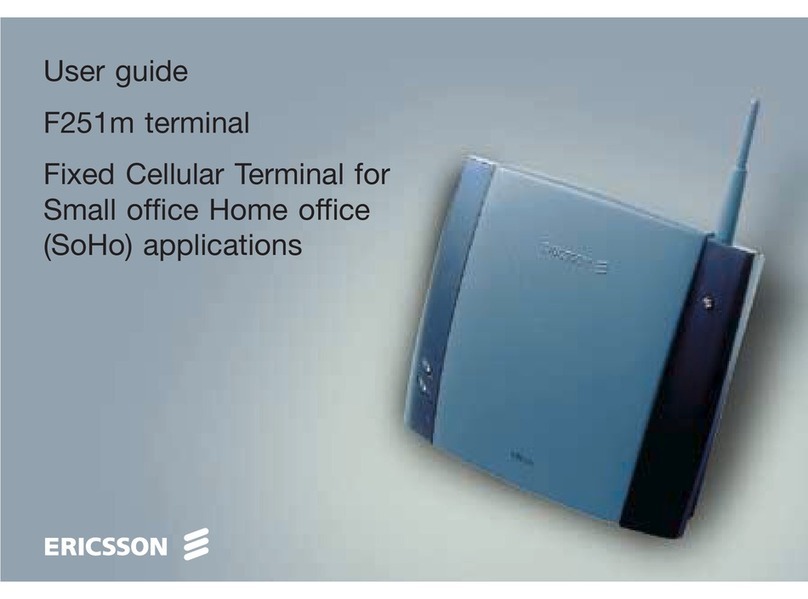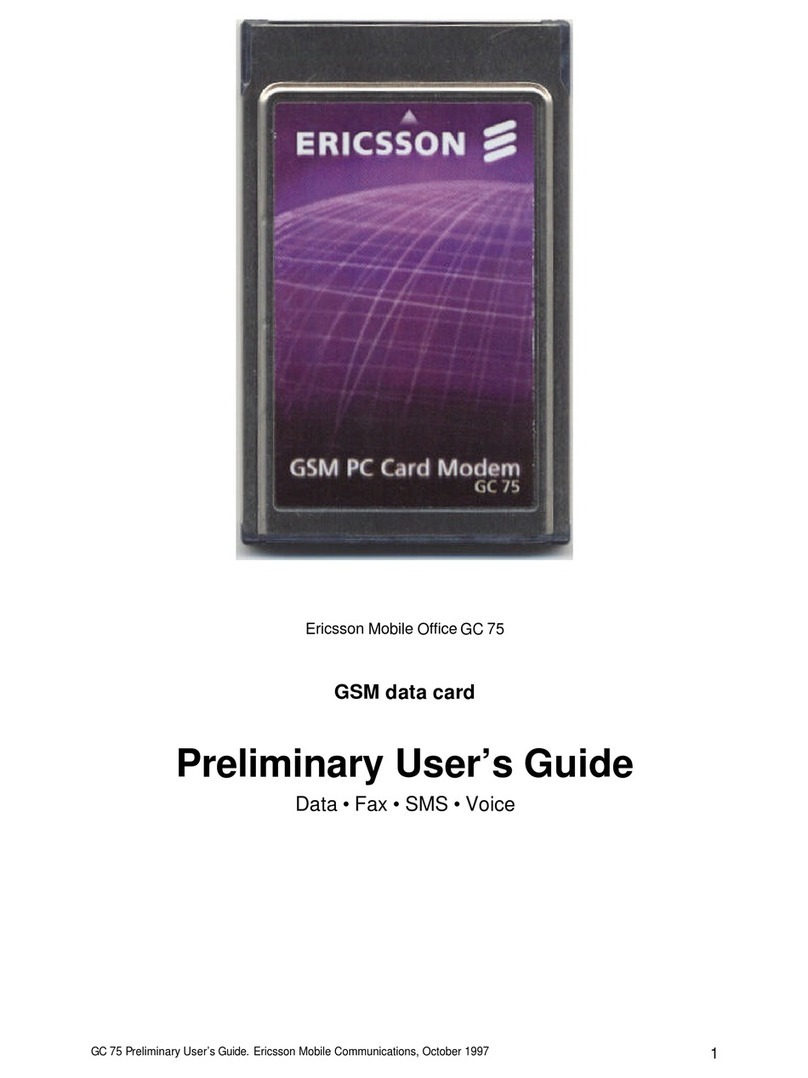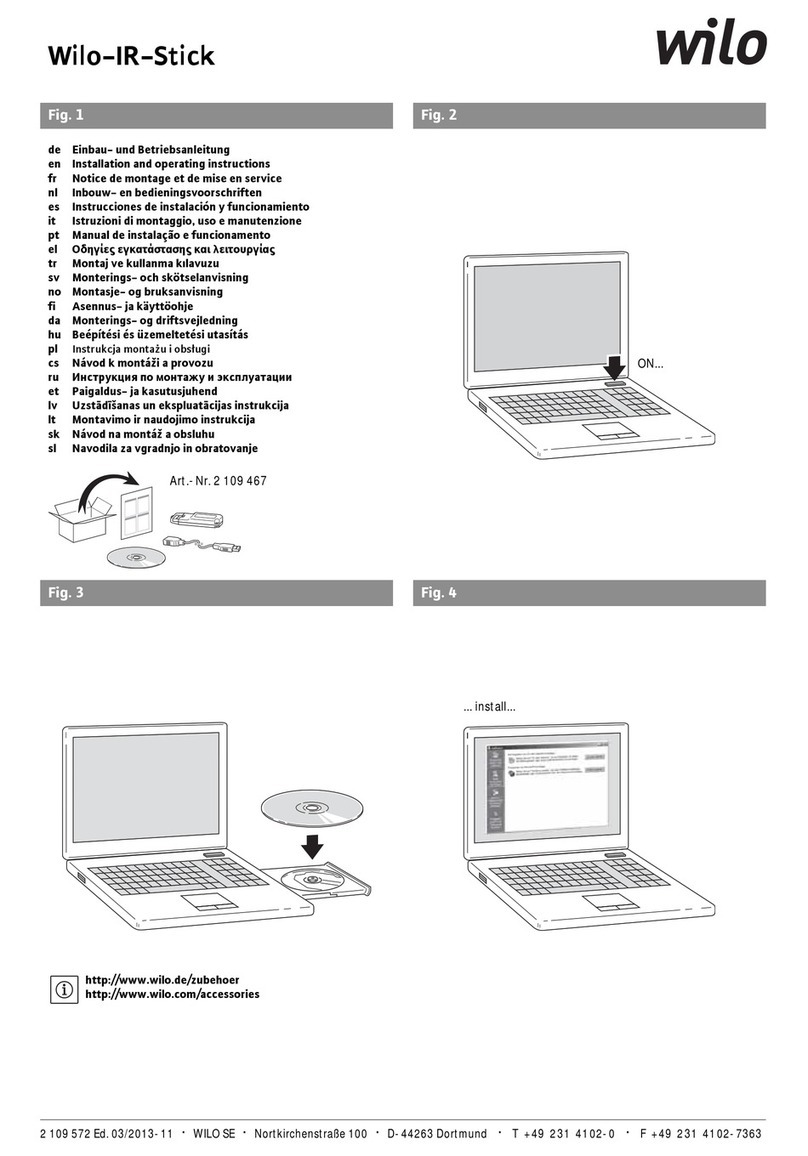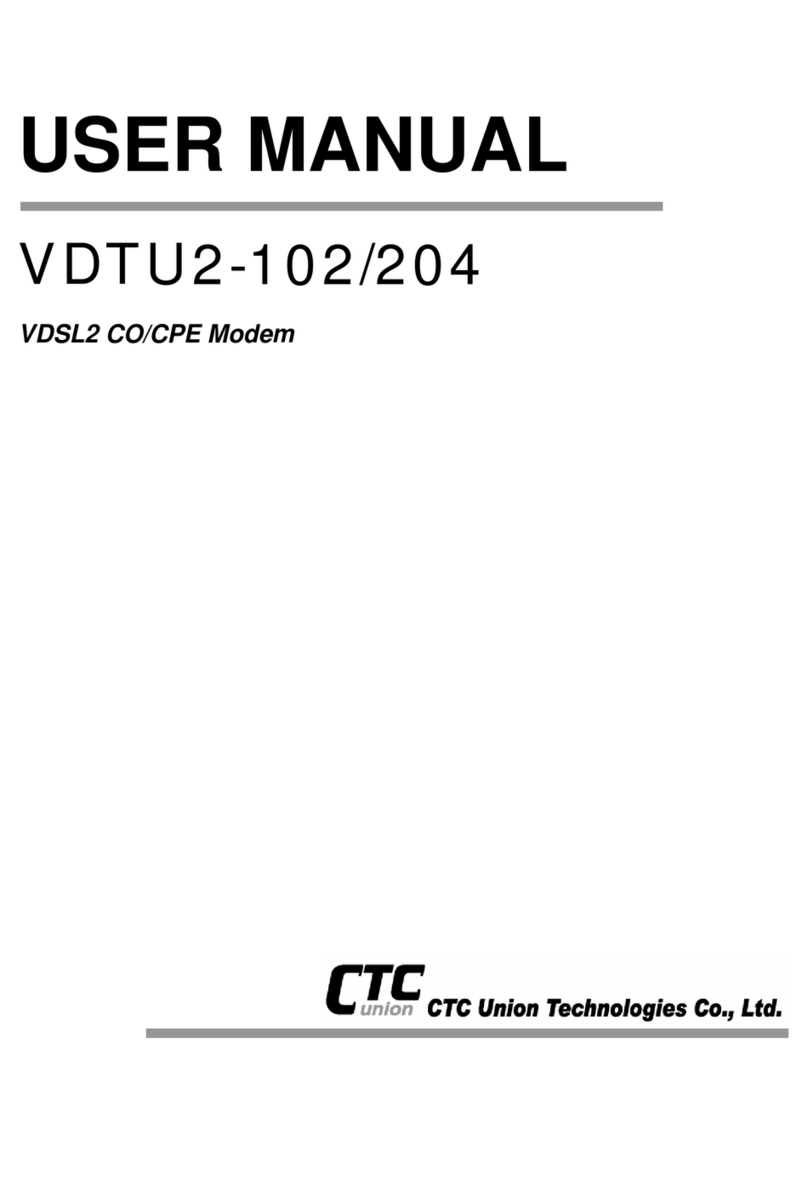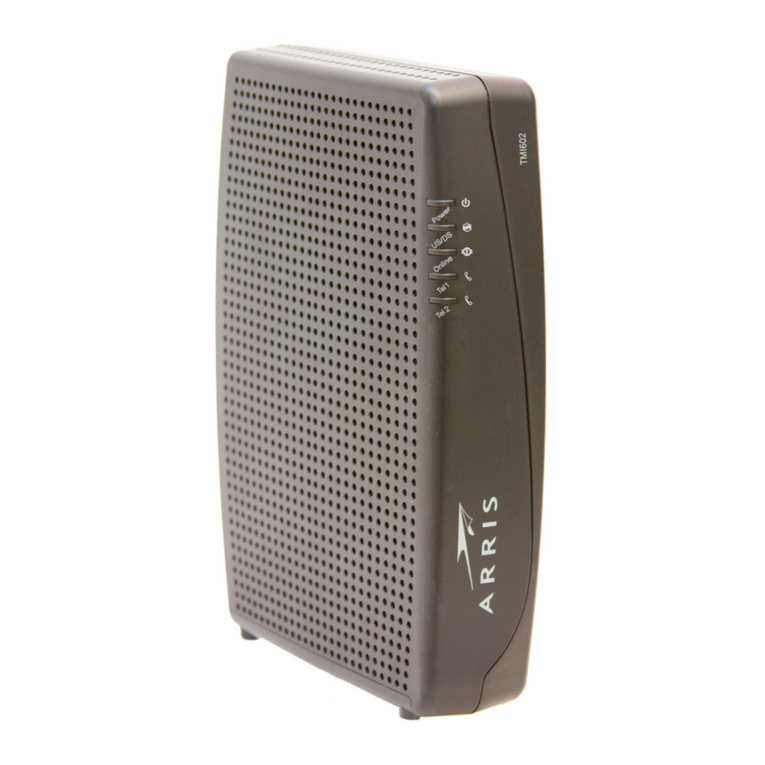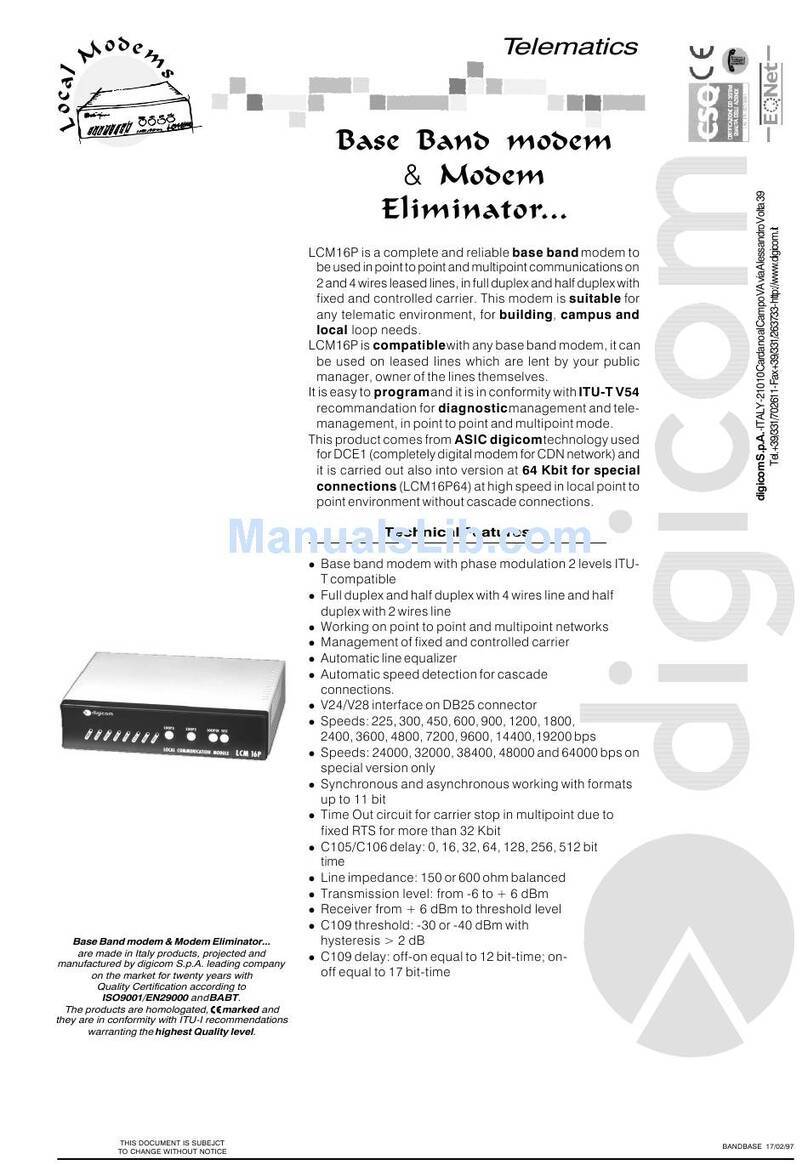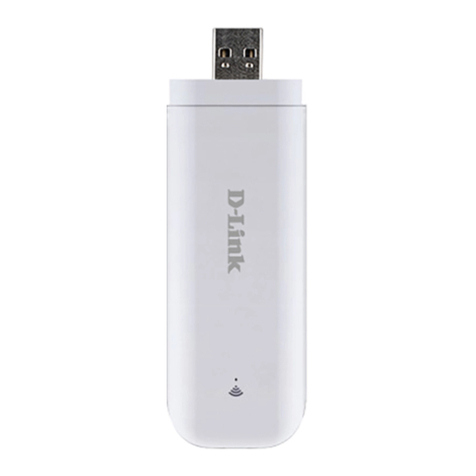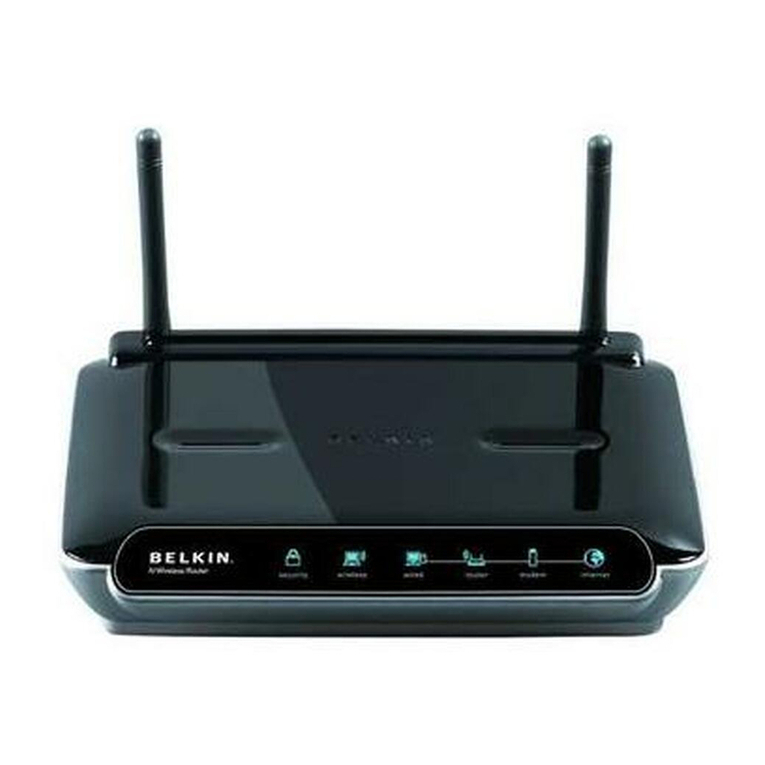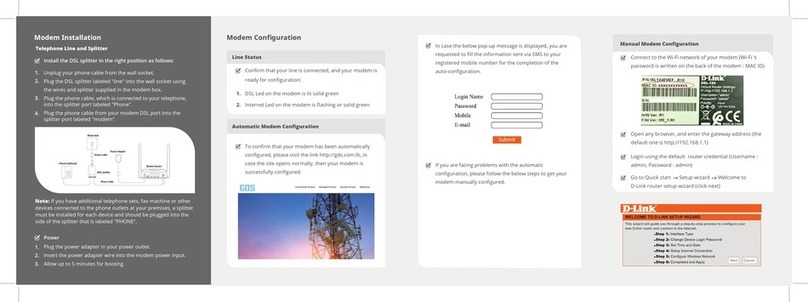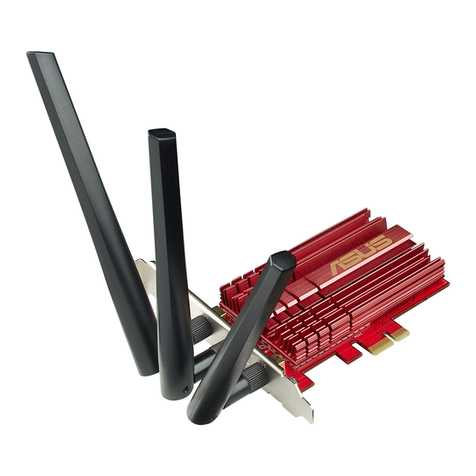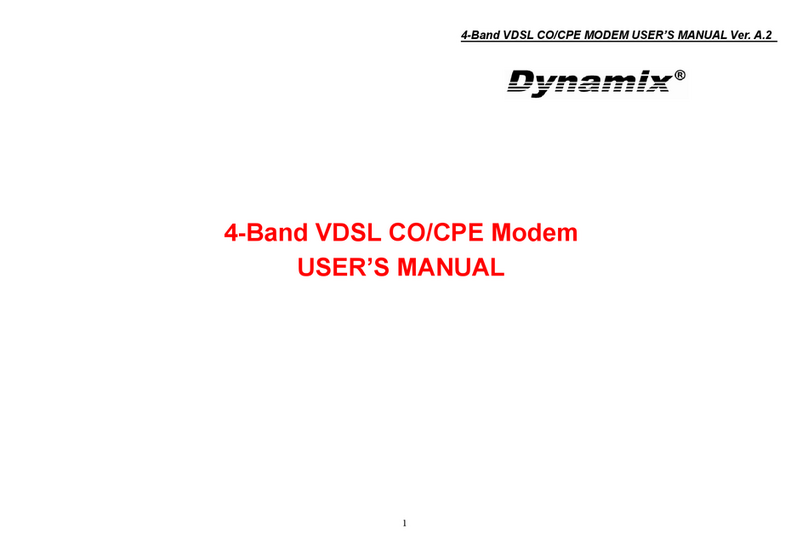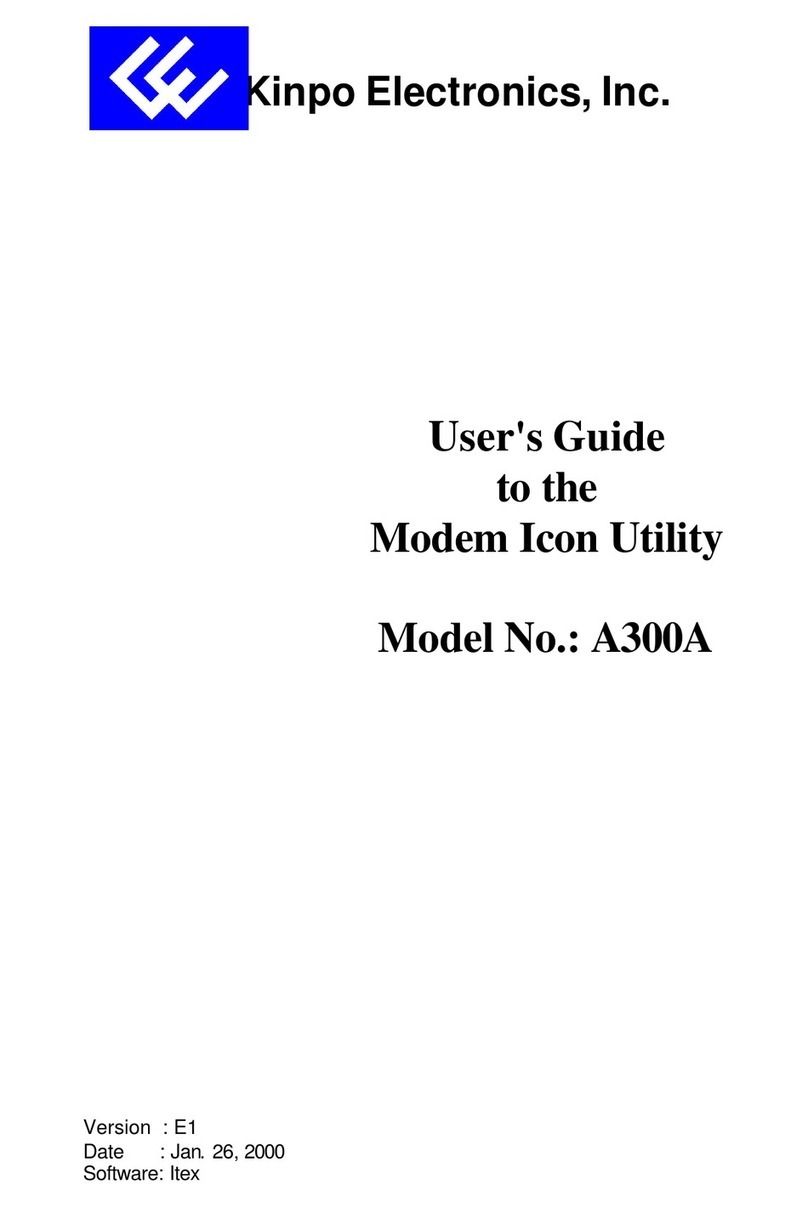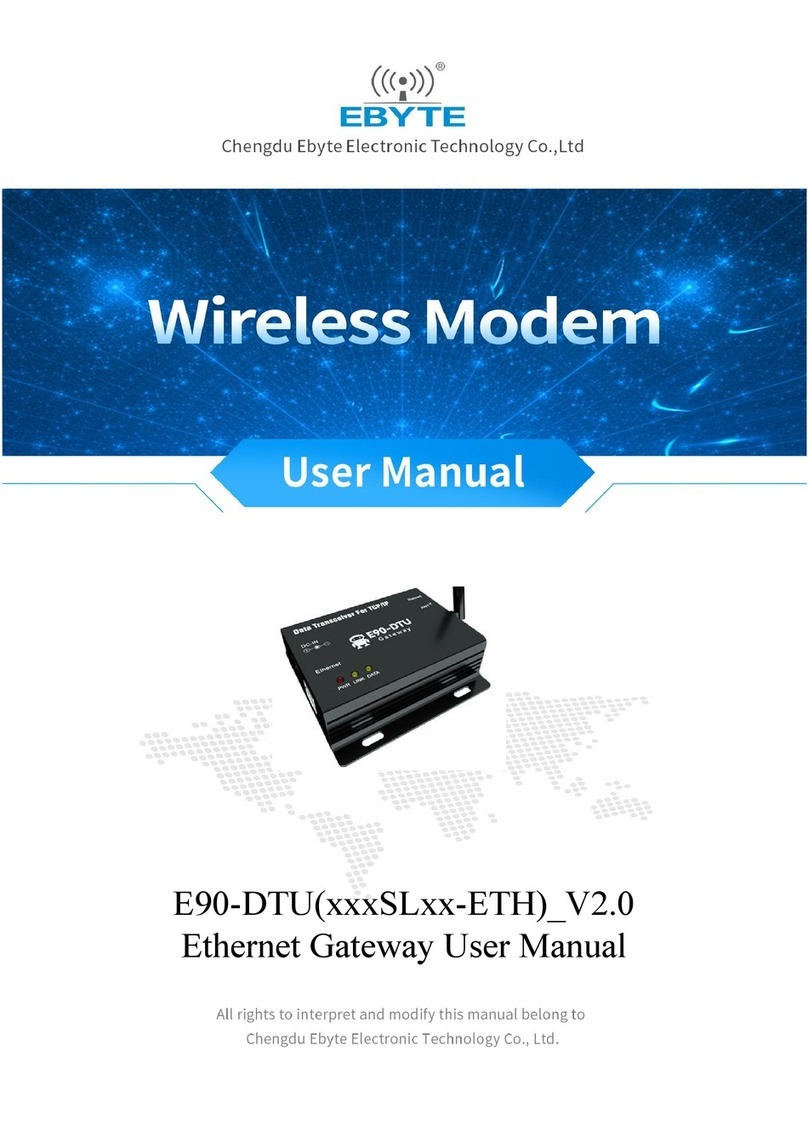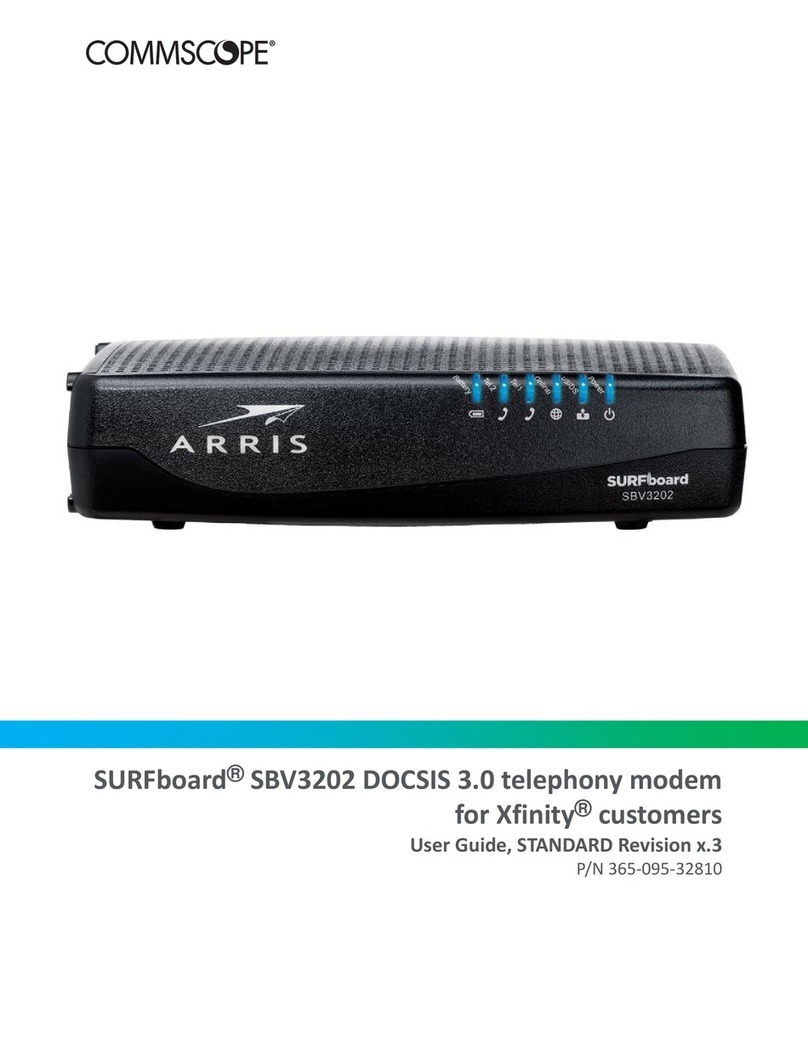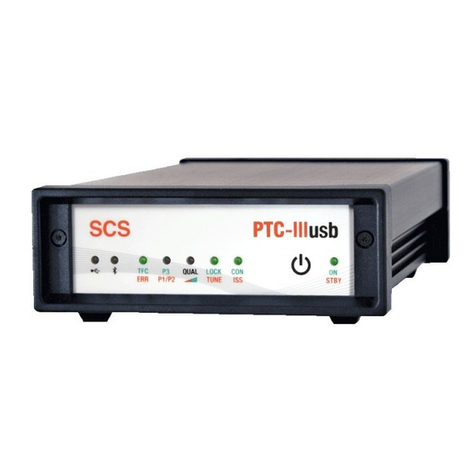Ericsson MINI-LINK PT 2010 ETSI Parts list manual

Technical Description
MINI-LINK PT 2010 ETSI
DESCRIPTION
1/221 02-CSH 109 172/1-V1 Uen E

Copyright
© Ericsson AB 2010–2012. All rights reserved. No part of this material may be
reproduced in any form without the written permission of the copyright owner.
Disclaimer
The contents of this document are subject to revision without notice due to
continued progress in methodology, design and manufacturing. Ericsson shall
have no liability for any error or damage of any kind resulting from the use
of this document.
1/221 02-CSH 109 172/1-V1 Uen E | 2012-11-07

Contents
Contents
1 Introduction 1
1.1 General 1
1.2 Scope 2
1.3 Revision Information 2
2 Network Overview 2
3 System Overview 3
4 Ethernet Traffic Handling in MINI-LINK PT 2010 6
4.1 Ethernet WAN Buffer 6
4.2 Native Ethernet 7
5 MINI-LINK PT 2010 Functions – Radio Link 8
5.1 Hitless Adaptive Modulation 8
5.2 Transmit Power Control 10
6 MINI-LINK PT 2010 Functions – Ethernet 12
6.1 Ethernet Functional Flow in MINI-LINK PT 2010 15
6.2 Quality of Service Support 26
6.3 Performance Monitoring 28
6.4 Delay 29
7 MINI-LINK PT 2010 Functions – Synchronization 29
7.1 Overview 29
7.2 Synchronization Technologies 30
8 MINI-LINK PT 2010 Hardware 32
8.1 Packet Terminal 32
8.2 Antennas 34
9 Management 36
9.1 DCN 36
9.2 Management Tools and Interfaces 38
9.3 Configuration Management 40
9.4 Fault Management 41
9.5 Performance Management 42
1/221 02-CSH 109 172/1-V1 Uen E | 2012-11-07

Technical Description
9.6 Hardware Management 44
9.7 Software Management 44
9.8 License Management 44
10 Accessories 45
10.1 Cables and Cable Clamps 45
10.2 Hybrid Cable 47
10.3 Optical Cable Distribution System 48
10.4 SFP 49
11 Technical Specifications 50
11.1 Power Supply Requirements 50
11.2 Environmental Conditions 50
11.3 Dimensions and Weight 51
11.4 Traffic Interfaces 51
1/221 02-CSH 109 172/1-V1 Uen E | 2012-11-07

Introduction
1 Introduction
1.1 General
The purpose of this description is to give the reader detailed information on
MINI-LINK PT 2010, both from a technical and functional perspective.
MINI-LINK PT 2010 is a complete microwave modem and radio unit with the
capability of handling IP and Ethernet traffic using all the required frequencies
in the 6–42 GHz range.
MINI-LINK PT 2010 is an all-outdoor Packet Terminal, housed in a radio unit
case. It is suitable for repeater and end sites due to the small footprint and
the easy mountability.
Some functions described in this document are subject to license handling, that
is, a soft key is required to enable a specific function.
1.1.1 Packet Transport in Microwave Networks
Compared to other transmission technologies, a microwave link can be
characterized as a limited bandwidth connection. This implies that microwave
equipment must be designed to enable maximum packet payload throughput
in the available bandwidth over the radio interface. The following features
improve the link efficiency:
Congestion Handling/Priority Queues
For connections with limited bandwidth it is important to support a mechanism
that prioritizes high priority packets when a connection is congested.
Adaptive Modulation
Adaptive modulation seeks continuously to use the modulation alternatives that
will maximize throughput under different conditions.
Low Residual BER
Microwave links operate with large fade margins and forward error correction
resulting in low residual BER level, typically 10-12.
Buffering Capabilities
Buffering capacities are 64 MB in the WAN direction. Each TC can use up
to 128 blocks, of 64 kB each.
1
1/221 02-CSH 109 172/1-V1 Uen E | 2012-11-07

Technical Description
1.2 Scope
The purpose of this description is to support the reader with detailed information
on included products and accessories, from technical and functional points
of view.
1.3 Revision Information
This release of the document includes an update of the MINI-LINK PT 2010
functions within the scope of release MINI-LINK PT 2010 1.2.
The following changes have been made since the last release:
• Information regarding compatible SFPs has been updated.
• Information regarding capacity has been updated.
2 Network Overview
DC -48V 2A MAX
+ DC:2 - + DC:1 -
ERICSSON
MINI-LINKSP 110 Fault
Power
Oper
Sync
USBO&M O&M SYNC2
USERI/O SYNC 1
1 1 2 3 4 TR:1A-1B TR:2A-2B TR:3A-3B TR:4A-4B3
2
10/100/1000Base-T / 100/1000 Base-X
4
10/100/1000Base-T
E1/DS1
FE/GE
PT 2010 PT 2010
MINI-LINK SP 110
MINI-LINK PT 2010
6-42 GHz, 1+0,
406 Mbps
Mixed MINI-LINK
PT 2010 /
MMU2 H / RAU X
6-42 GHz, 1+0,
406 Mbps
n × E1
3G
2G
LTE
PT 2010 PT 2010
RAU X
PT 2010
MINI-LINK TN
MINI-LINK PT 2010
6-42 GHz, 1+0,
406 Mbps
LTE
LTE
14017
Figure 1 MINI-LINK PT 2010 Network Scenario Overview
Using the MINI-LINK PT 2010 product to build your Ethernet network means
that you have a broad range of alternatives to choose from. Within the
21/221 02-CSH 109 172/1-V1 Uen E | 2012-11-07

System Overview
MINI-LINK PT 2010 product offering there is support for Ethernet transport with
different bandwidth and capacity options over both radio and fixed connections.
MINI-LINK PT 2010 offers the size and capacity to meet the needs of both last
mile access and first aggregation point, in a mobile backhaul network.
3 System Overview
This section gives a brief introduction to the system and its components.
3
1/221 02-CSH 109 172/1-V1 Uen E | 2012-11-07

Technical Description
15502
15GHz
15GHz
Power Cable
Optical Fiber Cable
O&M
TRAFFIC/ALIGNMENT POWER
TRAFFIC/ALIGNMENT POWER
O&M
XPIC
Figure 2 System Overview
41/221 02-CSH 109 172/1-V1 Uen E | 2012-11-07

System Overview
MINI-LINK PT 2010 is a stand-alone product integrating the system platform
providing traffic and system control, with microwave transmission from 8 to
406 Mbps.
MINI-LINK PT 2010 operates within the 6 to 42 GHz frequency bands, using
4, 16, 32, 64, 128, 256, and 512 QAM modulation schemes, also supporting
Hitless Adaptive Modulation.
MINI-LINK PT 2010 is an all-outdoor system. It is connected with a DC supply
voltage and an optical fiber cable.
For dual MINI-LINK PT 2010 installation systems, two Packet Terminals and
one or two antennas are used. When using one antenna, the two Packet
Terminals are connected to the antenna using a power splitter.
The Packet Terminal and the antenna are easily installed on a wide range of
support structures. The Packet Terminal is fitted directly to the antenna as
standard, integrated installation. The Packet Terminal and the antenna can
also be fitted separately and connected by a flexible waveguide. In all cases,
the antenna is easily aligned and the Packet Terminal can be disconnected and
replaced without affecting the antenna alignment.
The Packet Terminal is described in Section 8.1 on page 32.
The antennas are described in Section 8.2 on page 34.
15503
Dual installation with
integrated power splitter
1+0 terminal
separate installation
1+0 terminal
integrated installation
TRAFFIC/ALIGNMENT POWER
O&M
XPIC
O&M
O&M
XPIC
XPIC
Figure 3 MINI-LINK PT 2010s and Antennas in Different Installation Alternatives
5
1/221 02-CSH 109 172/1-V1 Uen E | 2012-11-07

Technical Description
4 Ethernet Traffic Handling in MINI-LINK
PT 2010
MINI-LINK PT 2010 supports all-IP and Native Ethernet simultaneously.
Ethernet traffic is sent over a hop as Ethernet over packet link (Native Ethernet).
The Ethernet LAN ports are described in Table 1.
Table 1 Ethernet LAN Port Properties
Ethernet LAN port properties Description
SFP modules SFP plug-in module is supported with
1 Gbps optical interface.
Standard frame sizes Up to 2,000 bytes when
used as an external interface
(IEEE802.3as-2006).
Up to 2,048 bytes when used as an
internal interface
Jumbo frames 9,216 byte frame size for data
applications
Connectors/cables Single/multi-mode fiber with LC
connector for the optical i/f.
4.1 Ethernet WAN Buffer
The WAN port buffer in MINI-LINK PT 2010 has been designed to handle
burst and congestion in order to provide a high link utilization and goodput for
high-speed data traffic.
Since extensive buffering has a negative impact on frame delay variation, it is
important to have the possibility to configure buffer/queue size for different
traffic classes independently.
This means that queues configured to handle delay variation sensitive traffic
such as synchronization traffic, shall be configured to be very short.
In contrast, for traffic queues for less delay variation sensitive traffic the
Transmission Control Protocol/Internet Protocol (TCP/IP) has a congestion
avoidance mechanism that is based on buffer utilization. In order to provide a
high link utilization and high TCP goodput, queues configured to handle this
type of traffic needs to be in the area of hundreds of milliseconds at the smallest
congestion point, equivalent to the network end-to-end Round-Trip time.
61/221 02-CSH 109 172/1-V1 Uen E | 2012-11-07

Ethernet Traffic Handling in MINI-LINK PT 2010
For UMTS data traffic, the in-order sequence delivery between the Radio Base
Station/nodeB and the Radio Network Controller (RNC) can cause bursts of
hundreds of milliseconds.
LAN port buffers are designed to be very small in order to keep delay variation
as small as possible, whereas WAN port buffers are larger, to enable handling
of congestion at the WAN port. This can be achieved by ensuring that the
WAN port link speed is lower than the LAN port link speed (including overhead
and so on).
4.2 Native Ethernet
This section describes Native Ethernet in MIN-LINK PT 2010.
The Ethernet traffic is sent over a single hop or through a network. Native
Ethernet traffic is sent over a dedicated physical link instead of being transported
over PDH or SDH. Native Ethernet enables more efficient use of bandwidth and
maximizes Ethernet throughput since no PDH overhead is added.
Overhead Comparison
The overhead for Native Ethernet is only 0.5% for 1,000 byte frames, in
comparison to 6.0% for Ethernet over PDH.
Table 2 Native Ethernet WAN Port Properties
Native Ethernet WAN port
properties
Description
Interface types Packet Link radio interface
Frame size An Ethernet over Packet Link WAN
port supports frames with a size up to
9,216 byte (Jumbo Frames)
Throughput The Packet Terminal supports
Ethernet transport over the radio hop.
The following maximum bit rate over
the radio hop is supported by the
Packet Terminal:
406 Mbps in a 56 MHz channel
The effective Ethernet payload
throughput is less than the maximum
bit rate due to a framing overhead.
For 2,048 byte frames, 99.5% of the
bit rate capacity is used for Ethernet
payload (link efficiency).
71/221 02-CSH 109 172/1-V1 Uen E | 2012-11-07

Technical Description
Native Ethernet WAN port
properties
Description
Latency The end to end latency for an Ethernet
over Packet Link connection will differ
based on different parameters, for
example, link speed. Typical end
to end latency contribution between
two Ethernet ports on two nodes
connected with Ethernet over packet
Link with 135 Mbps link capacity is:
• 0.15 ms for 64 byte frame size
• 0.35 ms for 2,048 byte frame size
Buffer Capacity All egress WAN ports have a buffer
space associated with the port. The
available buffer space is shared
between the traffic classes (priority
queues).
A Packet Link WAN port can buffer
up to 64 MB of traffic at max link
capacity. By default, the buffer space
is split in 4 MB for each TC queue for
TC0 to TC2, and 128 kB for each TC
queue for TC3 to TC7. The individual
buffer size per TC queue can be
adjusted in 64 kB increments.
5 MINI-LINK PT 2010 Functions – Radio Link
5.1 Hitless Adaptive Modulation
Hitless Adaptive Modulation enables automatic switching between different
modulations, depending on radio channel conditions. Hitless Adaptive
Modulation makes it possible to increase the available capacity over the same
frequency channel during periods of normal propagation conditions.
Modulation, and thereby capacity, is high during normal radio channel
conditions and lower during less favorable channel conditions, for example,
when affected by rain or snow. Modulation switches are hitless, that is, error
free. In situations where traffic interruption normally would occur, it is possible
81/221 02-CSH 109 172/1-V1 Uen E | 2012-11-07

MINI-LINK PT 2010 Functions – Radio Link
to maintain parts of the traffic by switching to a lower modulation, using Hitless
Adaptive Modulation.
The availability for a 56 MHz channel is illustrated in Figure 4.
Link throughput
369 Mbps
285 Mbps
99.9% Availability
Time
Received signal
4 QAM Receiver
Threshold
256 QAM
64 QAM
16 QAM
128 QAM
189 Mbps
326 Mbps
99.995% Availability
99.99% Availability
99.95% Availability
<0.5h total down time per year
<1 h total down time per year
<5 h total down time per year
<9 h total down time per year
94 Mbps
512 QAM
99.5% Availability
406 Mbps <44 h total down time per year
99.999% Availability <5 min total down time per year
12545
Figure 4 Example of Hitless Adaptive Modulation, 56 MHz
In order to handle channel variations, the channel conditions are continuously
monitored on the Rx side by measurement of Signal to Noise and Interference
Ratio (SNIR). When the receiver, based on this data, detects that channel
conditions imply a change to the next higher or lower modulation, a message
is sent to the transmitter on the other side requesting a higher or lower
modulation. Upon receipt of such request the transmitter starts transmitting
with the new modulation. Each direction is independent. At demodulation the
receiver follows the modulation as a slave.
Hitless Adaptive Modulation can be configured to run in automatic or manual
mode, where automatic mode is default. In manual mode it is possible to
control and set static physical modes and thereby perform advanced fault
tracing or advanced performance tests.
Hitless Adaptive Modulation is compatible with Automatic Transmit Power
Control (ATPC), which is working in a closed loop only in the highest configured
modulation. In lower modulations the output power is set as high as possible.
Note: Hitless Adaptive Modulation requires a license.
9
1/221 02-CSH 109 172/1-V1 Uen E | 2012-11-07

Technical Description
Buffering
Adaptive modulation might influence the design of the buffer dimensioning. In
case packet aging is not used, the maximum delay variation time will increase
due to that the buffer is configured in bytes and that data will travel at a slower
speed during lower modulation steps. When packet aging is enabled, the
maximum delay variation time will be kept regardless of modulation level.
This will also ensure that there is no old data in lower priority queues when
modulation is increased after a fading situation.
Adaptive modulation can influence the position of the narrowest congestion
point in the network, with too small buffers this might have a strong negative
impact on utilization and end user TCP performance. To ensure high link
utilization and high TCP performance, buffers for TCP traffic should be
dimensioned in the area above average Round Trip Time (RTT), which is
typically in the area of 100–200 ms.
RSEC
Reference Spectrum Efficiency Class (RSEC) defines the spectral mask, that
is to say, it is which SEC is used as a reference. The maximum output power
is dependent on the RSEC used. There is a relation between RSEC and the
maximum chosen modulation, which is illustrated in Table 3.
Table 3 RSEC
Modulation Reference Spectrum Efficiency
Class
4 QAM RSEC=2
16 QAM RSEC=4L
32 QAM RSEC=4H
64 QAM / 128 QAM RSEC=5B
256 QAM / 512 QAM RSEC=6B
When upgrading an existing path to Adaptive Modulation, it is important to
consider if licenses will have an impact on the choice of mask, or spectral class,
for a given country.
5.2 Transmit Power Control
The radio transmit power can be controlled in Remote Transmit Power Control
(RTPC) mode, selectable from the management system including setting of
associated parameters. In Automatic Transmit Power Control (ATPC) mode the
transmit power can be increased rapidly during fading conditions and allows
the transmitter to operate at less than the maximum power during normal path
conditions. The normally low transmit power allows more efficient use of the
available spectrum while the high transmit power can be used as input to path
reliability calculations, such as fading margin and carrier-to-interference ratio.
10 1/221 02-CSH 109 172/1-V1 Uen E | 2012-11-07

MINI-LINK PT 2010 Functions – Radio Link
The transmitter can be turned on or off from the management system.
P
P
P
set
P
out
P
out
P
Transmit power
P
ATPC max
ATPC min
fix min
max
5647
RTPC mode ATPC mode
Figure 5 Transmit Power Control
5.2.1 RTPC Mode
In RTPC mode the transmit power (Pout) ranges from a minimum level (Pfix min)to
a maximum level (Pmax). The desired value (Pset) can be set in 1 dB increments.
5.2.2 ATPC Mode
ATPC is used to automatically adjust the transmit power (Pout) in order to
maintain the received input level at the far-end terminal at a target value. The
received input level is compared with the target value, a deviation is calculated
and sent to the near-end terminal to be used as input for possible adjustment
of the transmit power. ATPC varies the transmit power, between a selected
maximum level (PATPC max) and a hardware specific minimum level (PATPC min).
11
1/221 02-CSH 109 172/1-V1 Uen E | 2012-11-07

Technical Description
6 MINI-LINK PT 2010 Functions – Ethernet
MINI-LINK PT 2010 is targeting multiple applications and network environments
with the embedded Ethernet capabilities. MINI-LINK PT 2010 therefore
provides flexibility and supports the following Ethernet services and features.
An Ethernet functions overview is presented in the tables below.
Table 4 QoS and Congestion Handling
Quality of Service Support/Conges
tion Handling
Number of Traffic Classes (TCs)
(priority queues)
The number of TCs is always eight
and cannot be changed. It is possible
to use any number of queues, from
one up to eight.
Class of Service (CoS)/TC/priority
queues mapping
The CoS priority information
is used to map the Ethernet
frames in to the 1–8 TCs. The
mapping can be done according
to either IEEE802.1D-2004,
IEEE802.1Q-2005, or custom.
Frames with no CoS information are
mapped to the default TC.
12 1/221 02-CSH 109 172/1-V1 Uen E | 2012-11-07

MINI-LINK PT 2010 Functions – Ethernet
Weighted Fair Queuing (WFQ) The WFQ scheduling mechanism
offers a more flexible way to schedule
frames on an egress port and
prevents starvation of TC queues.
WFQ can be used together with the
Strict Priority scheme.
CoS classification The CoS value for a frame is a
representation of the end user
application, for example, voice, best
effort data and so on, and is used to
differentiate behavior of frames in a
node.
The CoS value is set in the priority
bits in the Ethernet header, for
example, p-bits in Q-tag.
The CoS for a frame is typically
defined at the network edge. The
priority bits are set based on whether
the port is trusted/tagged or not. The
following options are supported:
• DSCP value in IPv4 or IPv6 header
(RFC 2474, RFC 2780)
• EXP bits in MPLS header
• PCP bits in C-tag or S-tag
• Default value
Table 5 Network Synchronization
Network Synchronization
Synchronous Ethernet Transport of sync information on an
Ethernet connection according to
ITU-T G.8261, G.8262, and G.8264.
131/221 02-CSH 109 172/1-V1 Uen E | 2012-11-07

Technical Description
Table 6 Management
Management
Embedded VLAN based
management
The management traffic can be
transported in a logically separated
VLAN together with the Ethernet
traffic on the optical fiber and the
Radio Link.
Performance measurements The following PM counters are
available per Ethernet LAN/WAN
ports:
•WAN only: Node delay contribution
(due to buffering)
•WAN only: Link utilization
• Number of outbound discarded
packets due to, for example,
overflow.
• Number of outbound discarded
packets due to for example,
Ethernet CRC-32 errors.
• Number of inbound discarded
packets due to Ethernet CRC-32
errors and so on.
• Total number of discarded packets
• Number of received octets
• Number of sent octets
• Number of received Unicast frames
• Number of received Multicast
frames
• Number of received Broadcast
frames
• Number of sent Unicast frames
• Number of sent Multicast frames
• Number of sent Broadcast frames
14 1/221 02-CSH 109 172/1-V1 Uen E | 2012-11-07

MINI-LINK PT 2010 Functions – Ethernet
6.1 Ethernet Functional Flow in MINI-LINK PT 2010
6.1.1 Supported Frame Sizes
In a real network there will often be Ethernet frames of different sizes. The
size of a frame is often related to the application. A real time application (for
example, voice, video) that requires minimum latency typically uses small
Ethernet frames, while a data application with non real-time characteristics
uses the maximum frame size. MINI-LINK PT 2010 is well equipped to handle
both small and large Ethernet frames as well as a mix.
An Ethernet over Packet Link WAN port supports frames with a size up to
9,216 byte (Jumbo Frames).
6.1.2 Supported Frame Types
MINI-LINK PT 2010 supports multicast, unicast, and broadcast frames.
6.1.3 Priority Classification
The main objective of the priority classification/tagging process is to establish
a frames relative priority to offer appropriate propagation in the network and
internally in MINI-LINK PT 2010.
Definitions
To set the stage for the coming discussions in this chapter some terms must
be clarified.
Trusted Port
In MINI-LINK PT 2010 there are different criteria that come into play when a
frame is prioritized. First of all the operator must decide whether the connected
user domain is trusted or not. For a trusted domain the operator can reuse the
priority information in the frame, set by the client. For an untrusted port the
default network priority value is used.
User/customer and Network Domains
A frame’s actual priority in an end to end Ethernet connection can be different
based on where in the network you look. A network can be logically split up in a
network domain and one or more user/customer domains. All nodes in an area
has a similar congestion behavior. In the user/customer domain, an Ethernet
frame’s priority settings are based on the individual user/customer definitions
and referred to as user/customer priority. In the network domain the network
priority settings, defined by the operator, are used.
15
1/221 02-CSH 109 172/1-V1 Uen E | 2012-11-07

Technical Description
User/cust
domain
Network domain
User/customer
Priority
User/cust
domain
User/customer
Priority
Network
Priority
13759
Figure 6 User/Customer and Network Domains
User/Customer Priority
The priority setting used in the user/customer domain and set by the
user/customer. The user/customer priority information can be retrieved in one
of five different ways from the user domain frames:
1. From the C-VLAN tag PCP bits in Ethernet header
2. From the S-VLAN tag PCP bits in Ethernet header
3. From the IPv4 DSCP bits in IP header
4. From the IPv6 DSCP bits in IP header
5. From the MPLS EXP bits IP header
Network Priority
The network priority is the Ethernet frame’s priority setting used in the
operator/network domain. The different network priority values are defined
by the operator.
An Ethernet frame’s network priority is typically a representation of the traffic
type and the application generating the Ethernet flow (for example, voice call).
The traffic types and associated priority values are standardized in IEEE802.1Q
2005 and IEEE802.1D 2004. Each traffic type is associated with a priority
value to indicate the relative importance of that traffic type. Highest number
equals highest priority.
16 1/221 02-CSH 109 172/1-V1 Uen E | 2012-11-07
Table of contents
Other Ericsson Modem manuals
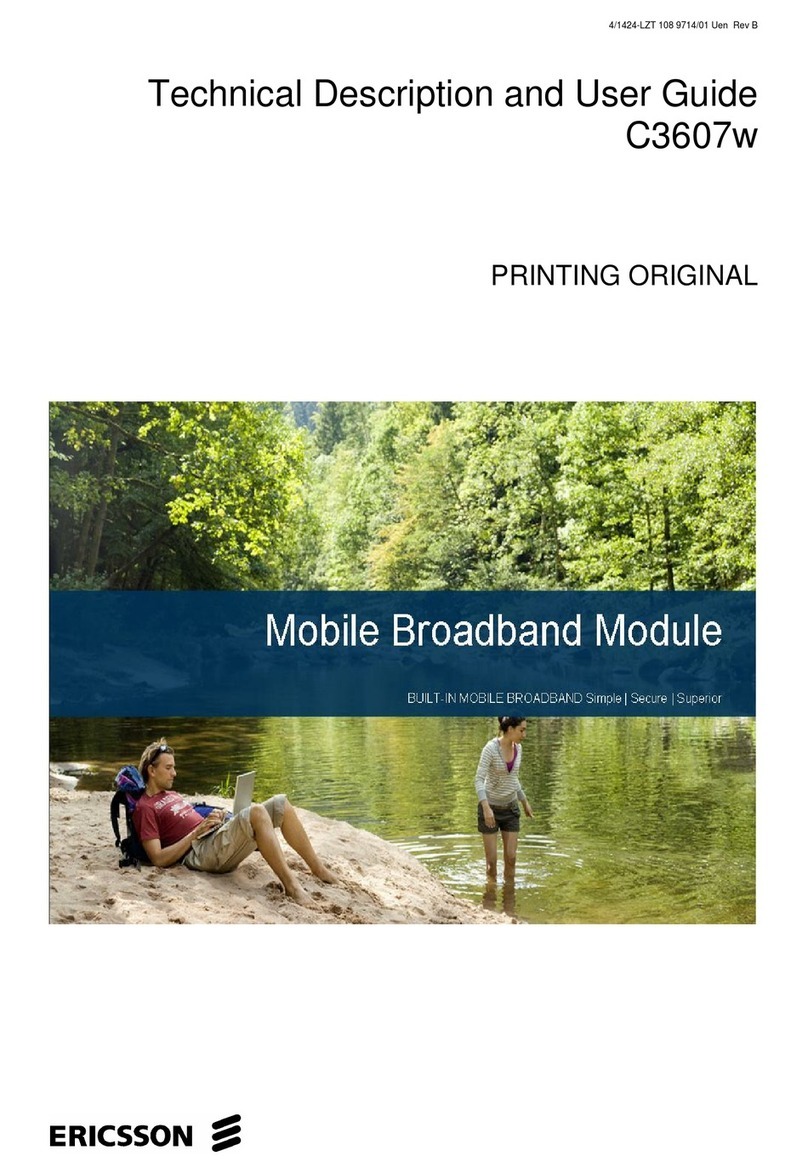
Ericsson
Ericsson C3607w User manual
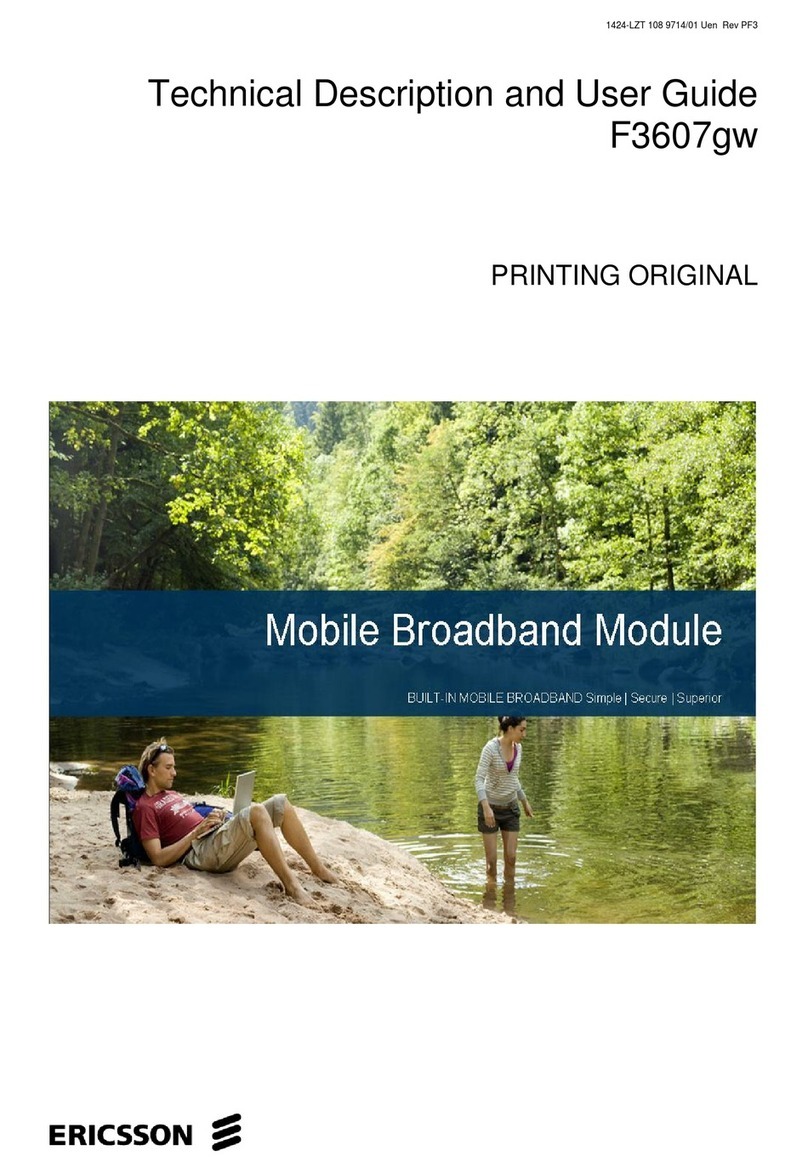
Ericsson
Ericsson F3607gw User manual

Ericsson
Ericsson HM210dp User manual
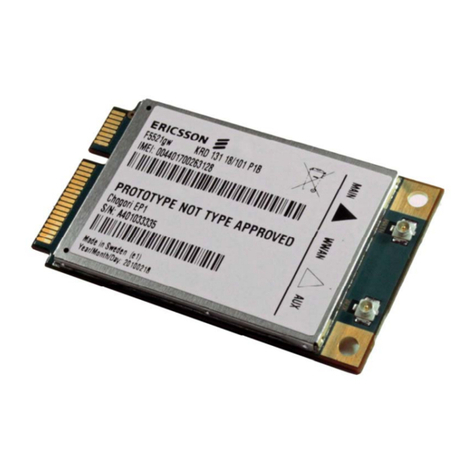
Ericsson
Ericsson F5521gw Parts list manual

Ericsson
Ericsson HM220d User manual
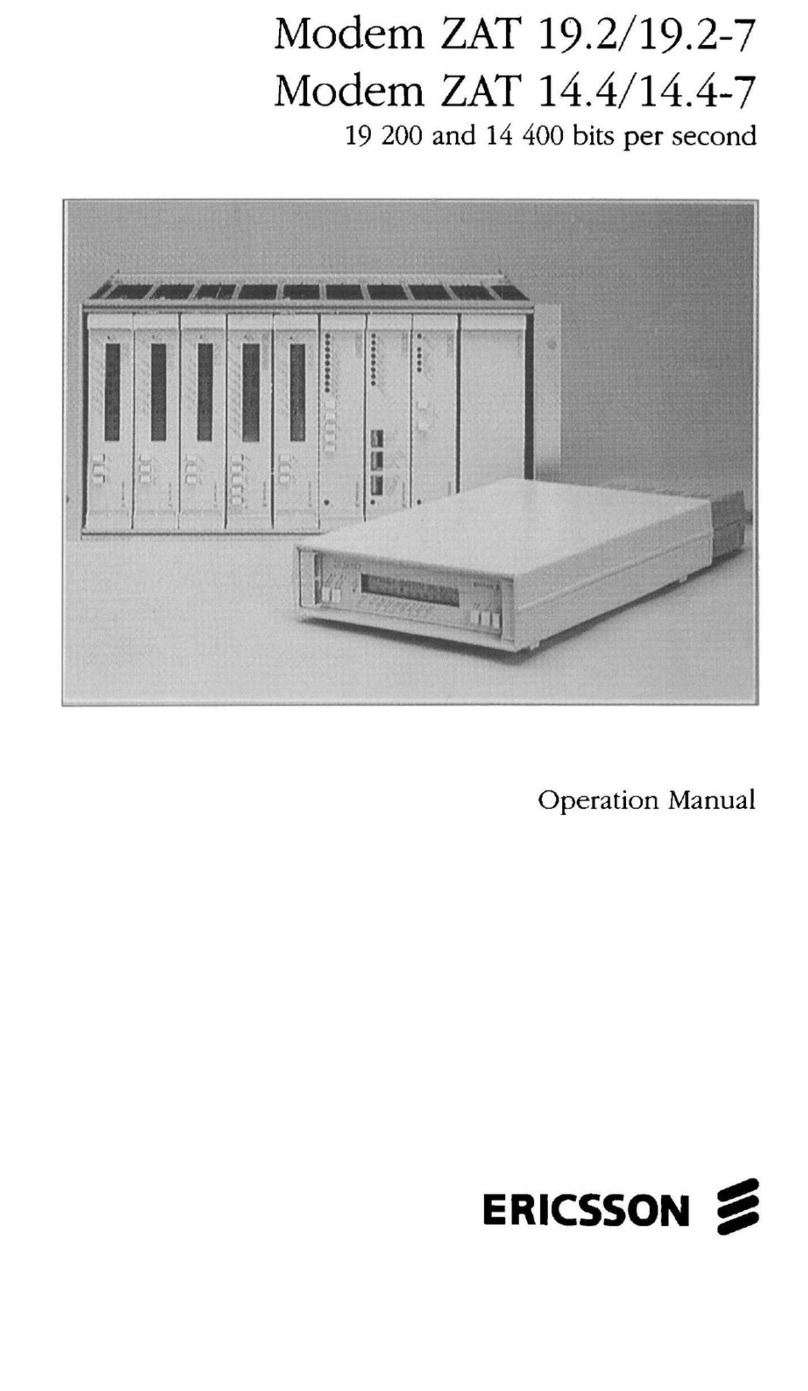
Ericsson
Ericsson ZAT 19.2 User manual
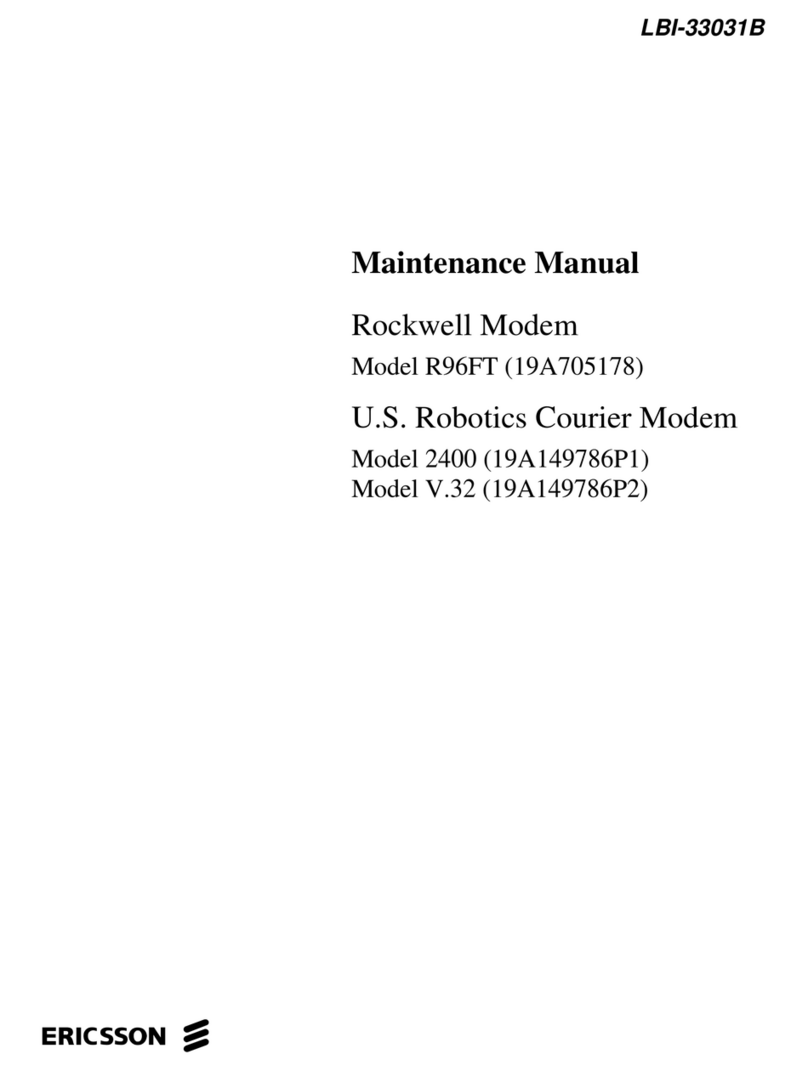
Ericsson
Ericsson 2400 User manual
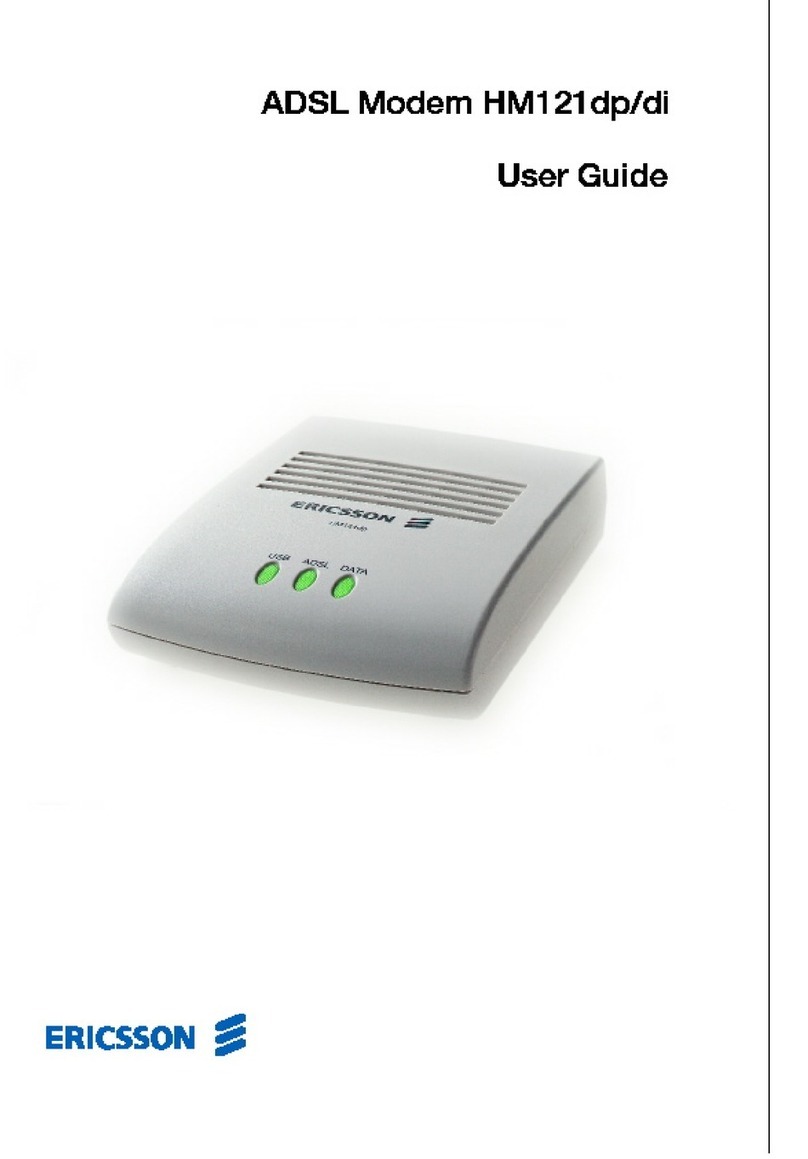
Ericsson
Ericsson HM121di User manual
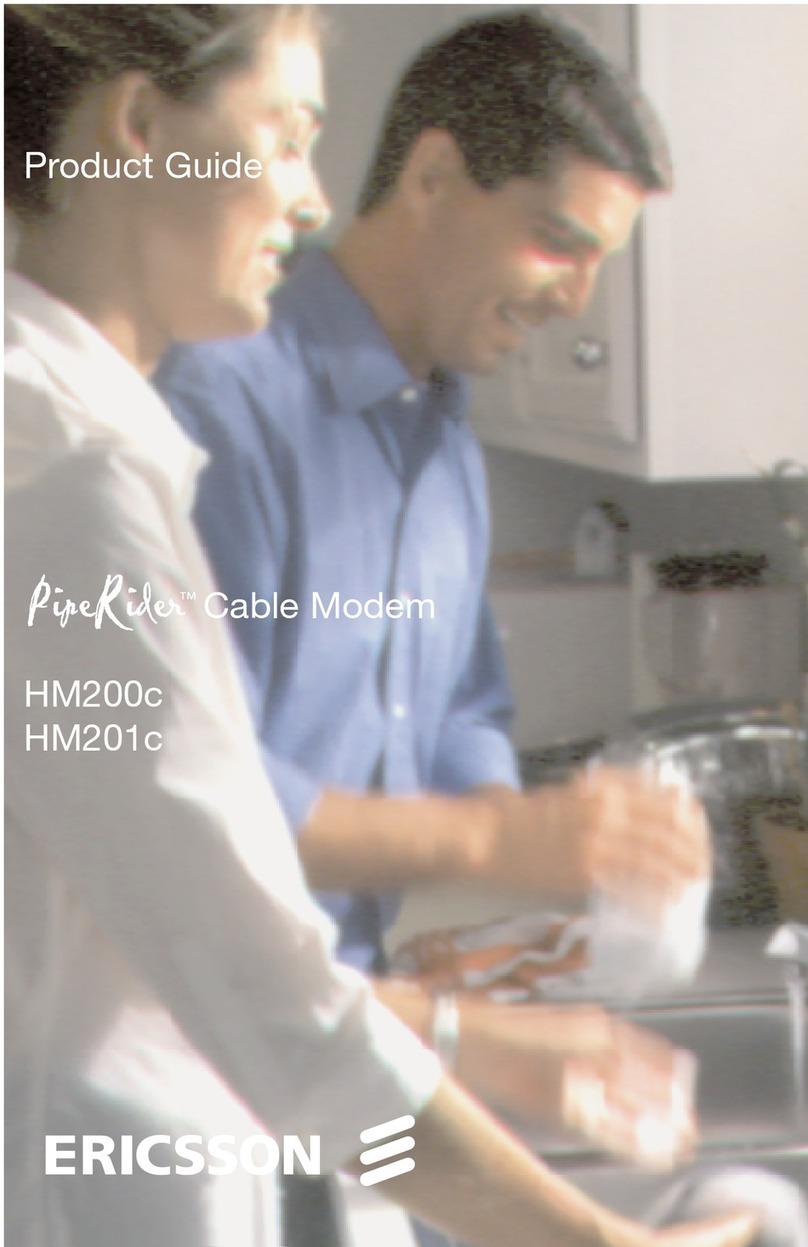
Ericsson
Ericsson PipeRider HM200c User manual

Ericsson
Ericsson F5521gw User manual
